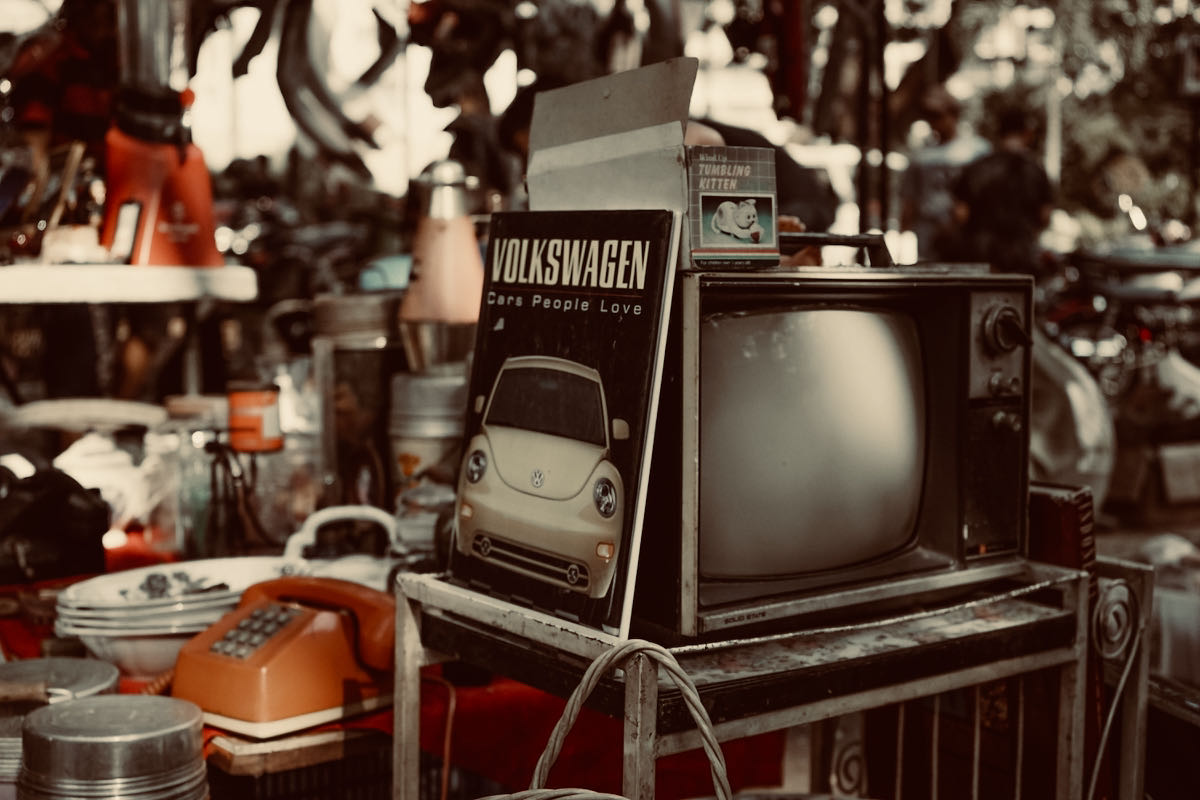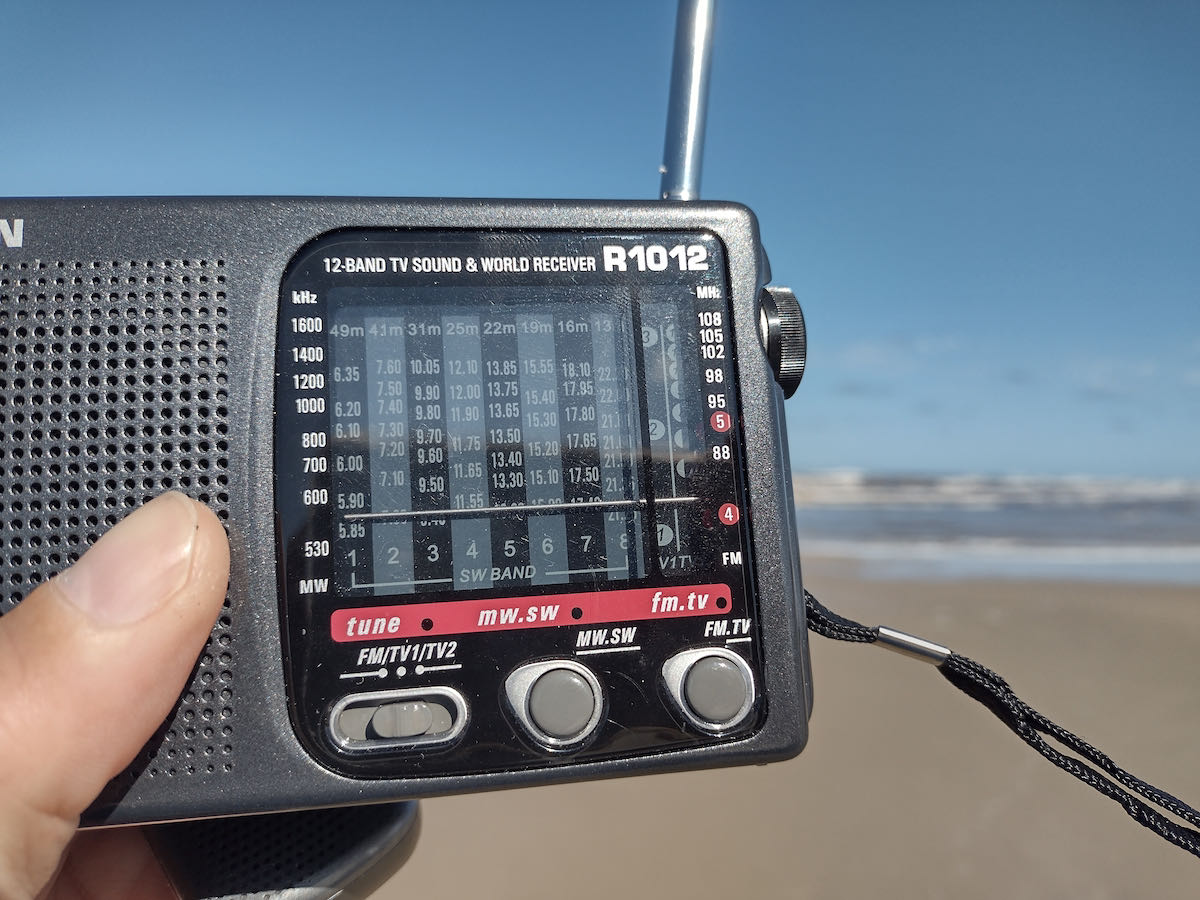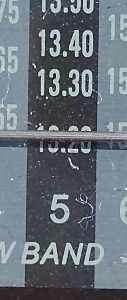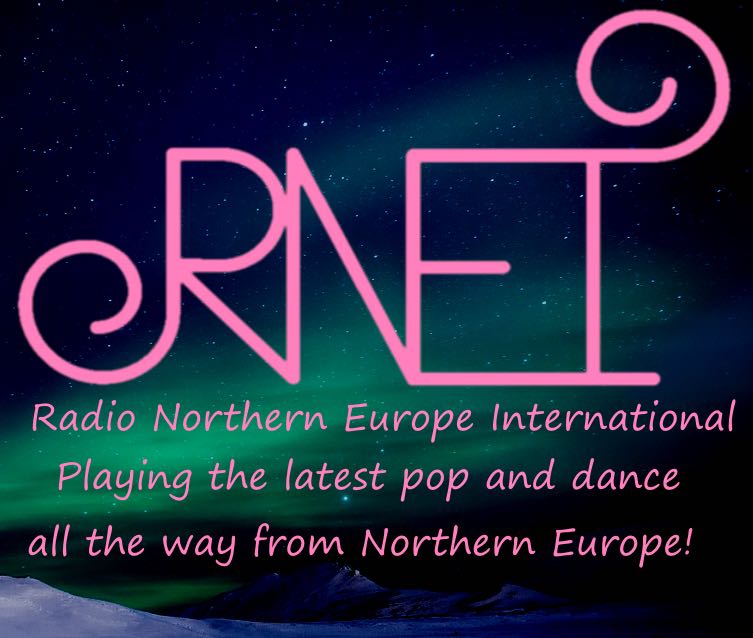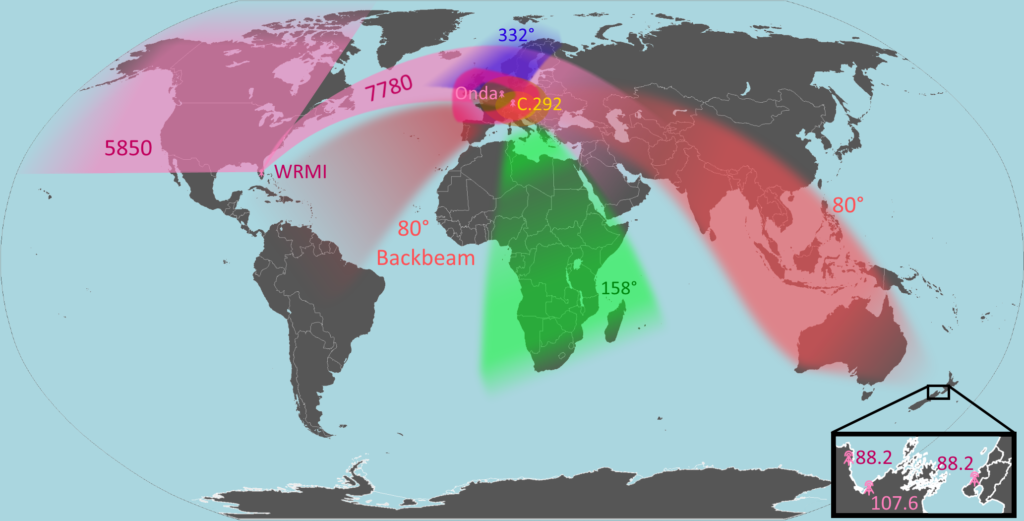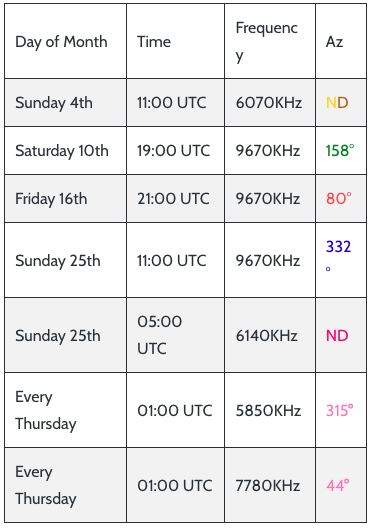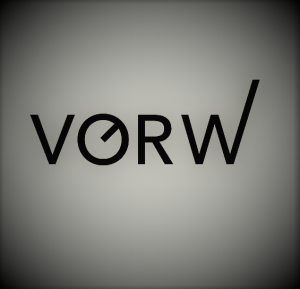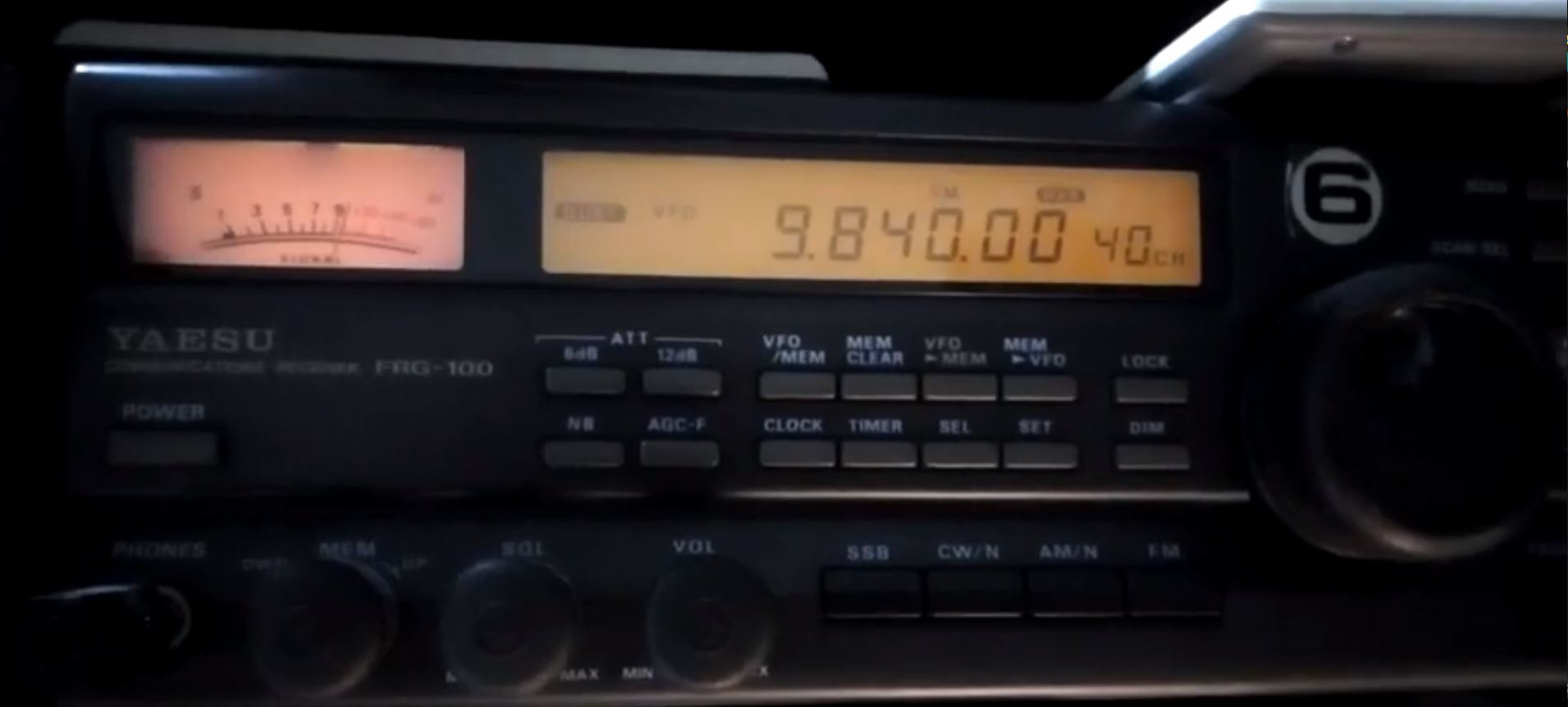 Now Underway: A More Typical W9IMS Special Event
Now Underway: A More Typical W9IMS Special Event
By Brian D. Smith, W9IND
The fans are returning to the Indianapolis Motor Speedway this year, and with them comes a more traditional calendar for special event station W9IMS.
For hams and SWLs alike, that means a renewed opportunity to earn three newly designed QSL cards and the latest edition of the certificate known as the Checkered Flag Award.
The first W9IMS special event of 2021, saluting the upcoming IndyCar Grand Prix, is now underway and will continue through Saturday, May 15 (Race Day), ending at midnight Indianapolis time or 0400 UTC Sunday, May 16.
It’s the first of three W9IMS special events this year – two in May and the third in August – to commemorate the major auto races at the track. (Last year, because of Covid restrictions, two of the three races were held on the same weekend, and W9IMS followed suit by compressing its usual trio of special events into two.)
Here’s the remaining W9IMS slate for 2021:
May 24-30: Indianapolis 500
Aug. 9-15: NASCAR 400 at the Brickyard
Each of the three W9IMS events features its own unique QSL card, with the Checkered Flag certificate available to anyone who completes the clean sweep. However, you can still claim a single-event QSL or two even if you fail to bag the trio.
How to find W9IMS? The station will operate SSB daily on two bands, 20 or 40 meters, generally around 7.245 and 14.245 MHz, and could pop up at any time of day or night until local midnight Sunday. Keep a lookout, too, for digital activity – particularly FT8 and FT4 – on virtually any amateur radio band.
But the surest way to snare the station is this:
- Go to the W9IMS web page (www.w9ims.org) and find the heading, “2021 Operating Schedule.” Beneath it are links to the operator schedules for this year’s three special events; time slots with a name and a callsign offer your best bet for a W9IMS contact.
- Check DX Summit (www.dxsummit.fi) for spots that identify the current frequency or frequencies of W9IMS, if any. By typing “W9IMS” in the search box, you can customize it to show reports for only that station.
Remember, you can’t qualify for the 2021 certificate if you don’t catch the first event! So if you haven’t logged W9IMS by Saturday evening, keep in mind that the station traditionally conducts “happy hour” between 11 p.m. and midnight (0300 to 0400 UTC Sunday), with rapid contacts right up to the end. (But don’t stake your certificate on it: W9IMS special events may end early if the calls stop coming and/or band conditions deteriorate.)
For additional details, including QSL information, consult the W9IMS web page.
And in answer to the most-asked question: W9IMS operators transmit, usually remotely, from home stations in the Indianapolis area, but neither the ops nor the stations are physically located at the track.

